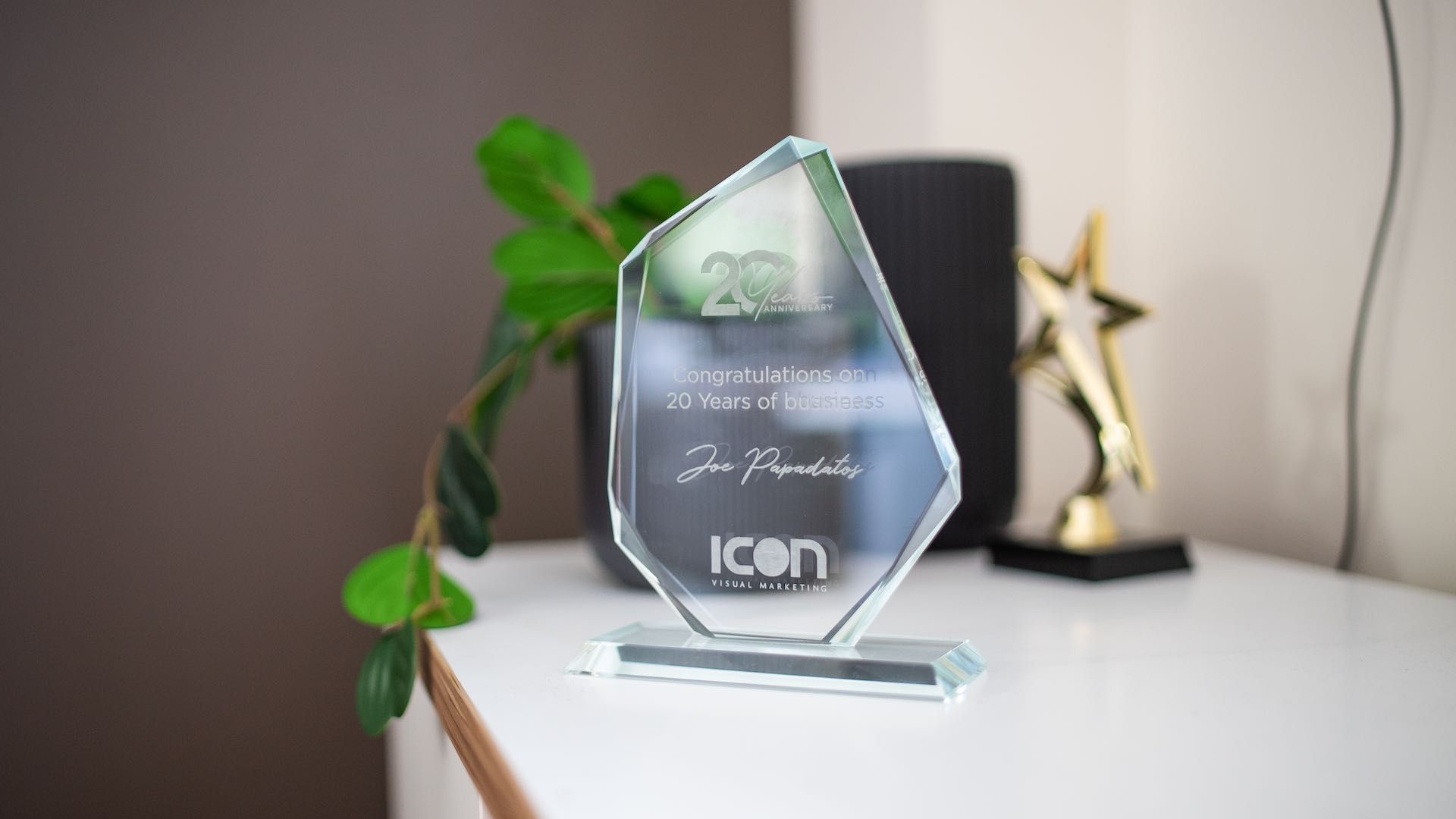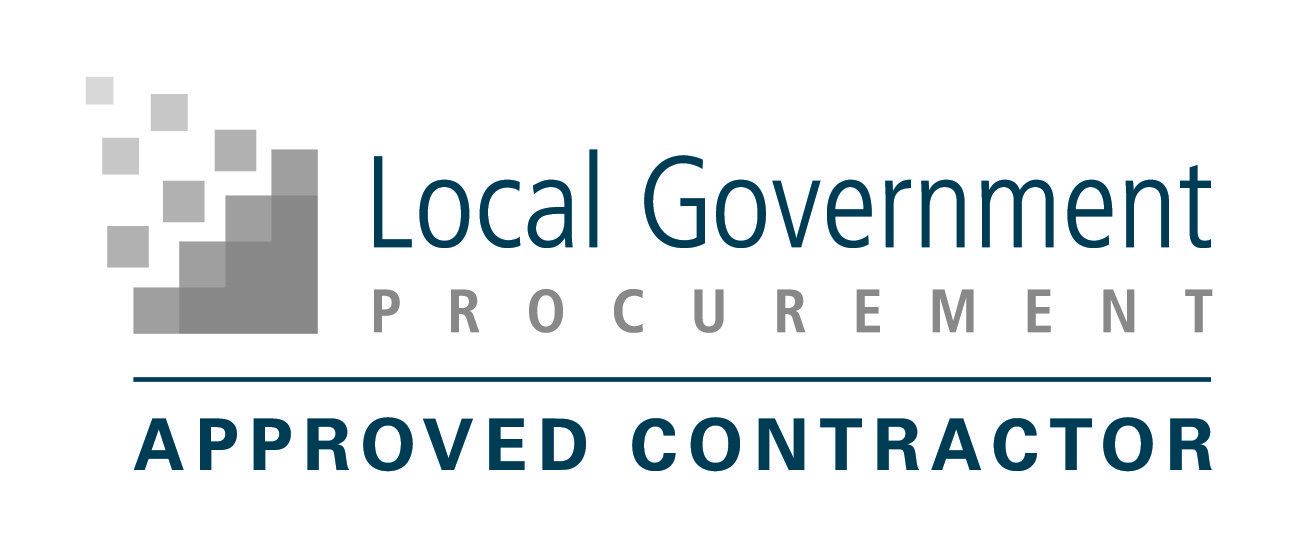How to create effective email marketing
Nicole Smith, Business Partner
A man named Gary Thuerk, who at the time was Marketing Manager at Digital Equipment Corp, was credited with sending the first mass email to 400 people some 40 years ago. Oh, how the times have changed. Today, email marketing is much evolved and truly sophisticated.
There’s a lot more to email marketing than merely sending emails to your customers and prospects. You need to understand who your customers are and what they are actually looking for from you.
If you run an SME business, email marketing is essential for staying connected and top of mind with your audience.
What is email marketing?
Email marketing is part of a digital marketing strategy using emails to develop relationships with prospects and customers. An effective email marketing strategy converts prospects into customers and can turn one-time buyers into repeat customers.
E-newsletters are often top of mind when developing an overall email marketing strategy. But e-newsletters are only one piece of a comprehensive email marketing program.
“Email marketing is all about expectations, and it’s up to you to set them.”
Your email marketing can also include emails that persuade the recipient to take some sort of action, such as download more information or purchase a product or service. These could include:
- Welcome emails that are triggered when a user subscribes and agrees to receive marketing emails from your company.
- Promotional emails including coupons and special events.
- Retention emails that engage with current customers to ensure they remain engaged and continue to use your product or service.
- Nurture emails, a timed email series with additional information or benefits for a subscriber that aims to “close the deal” once they have shown interest in your brand.
One major advantage of email marketing is that you can automate the entire process using sophisticated tools.
Planning an email marketing campaign
There are several steps involved in email marketing that you’ll need to follow before you launch your first campaign.
Step 1: Get permission
If you already have a database, you’ll need to ensure that you have permission from each person to send them regular emails. Sending unsolicited emails is not only illegal, but also discourteous and unlikely to impress your email recipients. Ultimately you need to establish your credibility, explain what the emails are for, and get people interested in receiving them.
Step 2: Set expectations
Email marketing is all about expectations, and it’s up to you to set them. If your call to action is strong, and your follow-up is consistent, then you can count on a positive response. However, if you promise to send one email per week and instead blast your database daily, then you’re setting yourself up for failure.
This is why the first follow-up email is so crucial to the success of your email marketing efforts. Keep it short and succinct without leaving any important details out.
Step 3: Develop great content
The most compelling newsletters mix truly helpful and impartial information with product/service messages. Use your newsletter as a way to further your relationship with your audience rather than to pitch them. Save the pitch for unique updates, offers, and announcements.
Step 4: Use automation tools
An autoresponder does just that – it automatically sends out emails that you schedule in advance. By scheduling a set of emails to send in advance, you can keep in touch with your database recipients regularly.
It also allows you to keep your promise about email frequency. Your helpful, informative newsletters will help to furth develop the relationship. That way, when you do need to announce a new product or sale, you can count on the fact that you’ve already been in touch. Since you’ve built up a relationship over several months or years, you’re much less likely to annoy your readers.
Understand email analytics
The three most important analytics in email marketing are open rate, click-through rate, and unsubscribes. First, your open rate explains how many people open your emails.
A good open rate (and you can check this by looking at averages for your industry) will tell you how well you’ve your audience. If your open rate is low, it usually means you have a lot of unengaged subscribers. You need to rethink how (and if) you are providing value to your audience and managing expectations.
The click-through rate shows how many people clicked on a link in your email. If your click-through rate is low it indicates that your message is either not targeted enough, or simply not getting through.
“We are an ActiveCampaign partner and use the platform for email marketing and marketing automation.”
Finally, your unsubscribe rate tells you how many people have clicked the “unsubscribe” button at the bottom of your email. If your unsubscribe rate is high in relation to your subscription rate, you’ve got some serious work to do to improve your email marketing.
Work with an ActiveCampaign partner for marketing automation
Marketing automation is increasingly being adopted by successful SMEs, and we have found that businesses that invest in marketing automation enjoy a return on their investment.
At Icon Visual Marketing, as part of our digital marketing service we work with SMEs and other organisations to help create strategic and effective email marketing strategies. We are an ActiveCampaign partner and use the platform for email marketing and marketing automation to help our clients to efficiently deliver memorable customer experiences.
KEEP IN TOUCH














